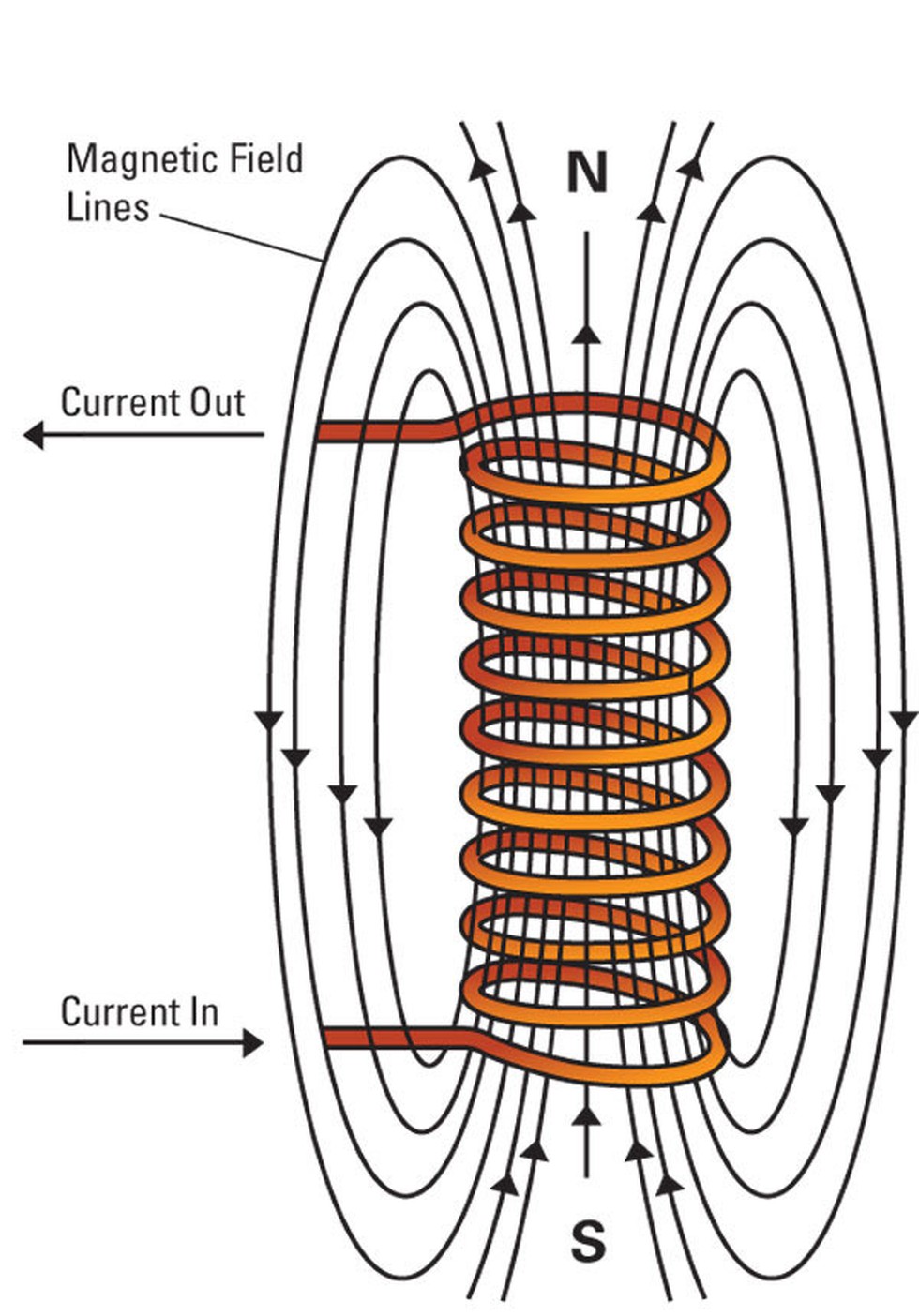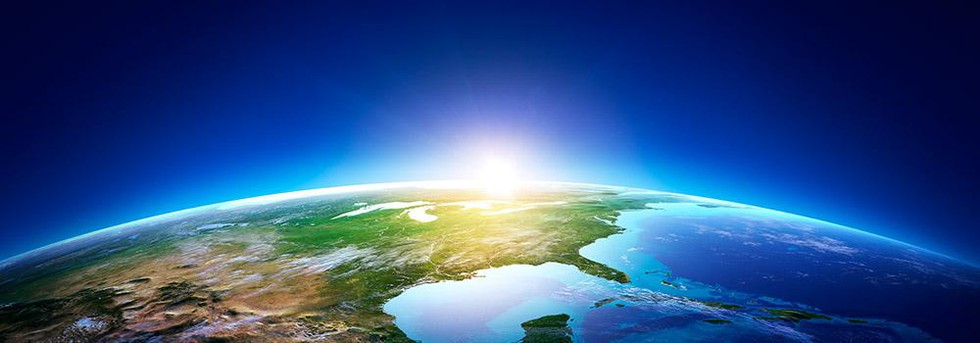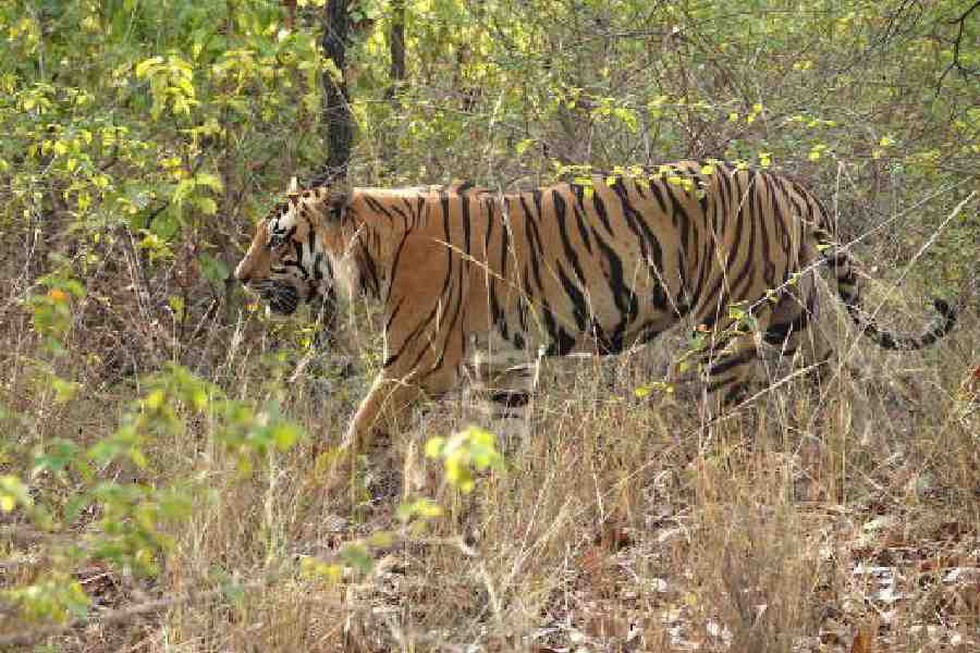
About:
- Climate change is expected to significantly impact the spread of dengue in Europe.
- Rising temperatures and increased rainfall create more favorable conditions for the spread of the disease, particularly in areas where the Aedes albopictus mosquito is present.
- In southern Europe, particularly in Spain, Italy, and France, the risk of dengue is expected to increase due to the presence of Aedes albopictus and the rising temperatures and humidity.
- However, in some countries like Spain and Portugal, the expected rise in summer droughts may decrease habitat suitability for Aedes albopictus.
Aedes albopictus mosquito
- The Aedes albopictus mosquito, commonly known as the Asian tiger mosquito, is a highly invasive species known for its distinctive black and white striped appearance.
- Disease Vector: This mosquito is a known vector for several diseases, including: Dengue fever, Chikungunya, Zika virus, Yellow fever.
- Controlling the spread of Aedes albopictus involves eliminating standing water where they breed, using insect repellents, and implementing community-wide mosquito control programs.
2. Electromagnet

About:
- Electromagnets are devices that produce a magnetic field when an electric current flows through a coil of wire.
- The magnetic field is concentrated in the hole of the coil. The strength of the magnetic field can be controlled by adjusting the electric current. When the current is turned off, the magnetic field disappears.
- Construction and Materials: Electromagnets typically consist of a coil of wire wrapped around a magnetic core made of ferromagnetic materials like iron. The magnetic core enhances the strength of the magnetic field by aligning the magnetic domains within the core.
Properties and Advantages:
- Electromagnets can be turned on and off by controlling the electric current.
- They are more powerful than permanent magnets because the magnetic field can be amplified by the magnetic core.
- Electromagnets are widely used in various devices such as motors, generators, MRI machines, and magnetic separation equipment.
Applications:
- Electromagnets are used in various industries for tasks like lifting and moving heavy metal objects, sorting materials, and generating motion.
- They are also used in medical settings for imaging and in consumer devices like electric doorbells and card readers.
Disadvantages:
- Electromagnets require a continuous supply of electric power to maintain their magnetic field.
- They are less efficient than permanent magnets in terms of energy usage.
3. Joint Communique on a Peace Framework

About:
- The ongoing war in Ukraine, initiated by the Russian Federation, continues to cause significant human suffering and global crises.
- A high-level summit was held in Switzerland on 15-16 June 2024 to discuss pathways to a comprehensive, just, and lasting peace for Ukraine.
- Attendees reaffirmed their commitment to international law and the United Nations Charter, referencing resolutions A/RES/ES-11/1 and A/RES/ES-11/6 from the UN General Assembly.
Key points of Communique:
- Nuclear safety: Ensuring the safe operation of Ukraine's nuclear power plants, including Zaporizhzhia, under Ukraine's sovereign control and in line with IAEA principles. Any threat or use of nuclear weapons in the conflict is unacceptable.
- Global food security: Emphasizing the importance of uninterrupted food production and supply, safe navigation, and access to sea ports.
- Attacks on merchant ships and port infrastructure are unacceptable, and Ukrainian agricultural products should be freely provided to other countries.
- Humanitarian issues: Calling for the release of all prisoners of war through complete exchange and the return of all unlawfully displaced Ukrainian children and civilians.

About:
- The Matsya 6000 is a three-person submersible that will be able to go 6,000 metres under the sea. The vessel is being developed by Chennai's National Institute of Ocean Technology (NIOT).
- Structure: Made of 80mm-thick titanium alloy, it will be able to withstand a pressure 600 times greater than that at sea level. The Matsya 6000 will be able to operate from 12 to 16 hours straight and will have an oxygen supply of 96 hours.
National Institute of Ocean Technology:
- It was established in November 1993 as an autonomous society under the Ministry of Earth Sciences.
- Objectives: To develop reliable indigenous technologies to solve the various engineering problems associated with harvesting of non-living and living resources in the Indian Exclusive Economic Zone (EEZ), which is about two-thirds of the land area of India.
Deep Sea Mission:
- The Deep Ocean Mission (DOM) is an ambitious Indian initiative to explore and harness the depths of the ocean.
- It is a five-year mission, approved by the Union Cabinet in 2021, with a budget of nearly ₹4,077 crore.
- The mission aims to develop technologies for deep-sea mining, manned submersibles, and underwater robotics, as well as for ocean climate change advisory services, deep-ocean survey and exploration.
5. Exercise Red Flag 2024

About:
- This was the second edition of Ex Red Flag 2024, which is an advanced aerial combat training exercise, held four times in a year by the US Air Force.
- Participation of the Indian Air Force along with Republic of Singapore Air Force (RSAF), Royal Air Force (RAF) of the United Kingdom, Royal Netherlands Air Force (RNLAF), German Luftwaffe, and the US Air Force (USAF).
- Red Flag is an air combat exercise featuring realistic combat scenarios. Forces are divided into Red Force (simulating Air Defence, primarily with USAF Aggressor Squadron's F-16 and F-15 aircraft) and Blue Force (simulating Offensive Composite elements).
- This year marked the debut of the Indian Air Force's Rafale aircraft in the exercise, operating alongside RSAF and USAF F-16s, F-15s, and A-10s.
- The missions included Beyond Visual Range combat exercises in Large Force Engagements, focusing on Offensive Counter Air and Air Defence roles.
6. SDG 7: Energy Progress Report 2024

About SDG 7: Energy Progress Report 2024:
- Since its inception in 2018, it has become the global reference for information on progress toward the achievement of Sustainable Development Goal 7 (SDG 7) of the UN 2030 Agenda for Sustainable Development.
- The aim of SDG 7 is to “ensure access to affordable, reliable, sustainable, and modern energy for all.”
- The report is produced annually by the five custodian agencies responsible for tracking progress toward the goal.
- The custodian agencies are the International Energy Agency (IEA), the International Renewable Energy Agency (IRENA), the United Nations Statistics Division (UNSD), the World Bank, and the World Health Organization (WHO).
- This report summarizes global progress on energy access, energy efficiency, renewable energy, clean cooking, and international cooperation to advance SDG 7.
- Highlights of 2024 Report:
- The latest report confirms that the number of people without access to electricity increased for the first time in over a decade, as population grew—mostly in Sub-Saharan Africa—at a higher rate than that of new electricity connections, leaving 685 million people without electricity in 2022, 10 million more than in 2021.
- The world remains off track to achieve universal access to clean cooking by 2030.1 billion people still live without access to clean cooking fuels and technologies, largely in Sub-Saharan Africa and Asia.
- Renewable electricity consumption grew more than 6% year-on-year in 2021, bringing the share of renewables in global electricity consumption to 28.2%.
- Installed renewable energy-generating capacity per capita reached a new record in 2022 at 424 watts per capita globally.
- However, considerable disparities exist. Developed countries (at 1,073 watts per capita) have 3.7 times more capacity installed than developing countries (at 293 watts per capita).
- It warns that current efforts are not enough to achieve SDG 7 on time.
- Between 2010 and 2021, India, along with China and Indonesia, achieved significant advancements in modern renewable energy use.
- Between 2010 and 2021, India recorded one of the highest increases in the use of modern renewable energy, with the share of renewables in total final energy consumption (TFEC) rising by nearly 7 percentage points.
- India's transition to renewable energy has been bolstered by substantial international financial support.
- In 2022, the country received a notable USD 627 million for 47 renewable energy projects, many of which were valued at less than USD 1 million.
- A significant portion of this funding came from Germany and the International Bank for Reconstruction and Development (IBRD).
- India's role in renewable energy extends to the transportation sector, where it, alongside the United States, Brazil, Europe, and China, accounts for 85 percent of renewable energy use.
7. Pantanal Wetland

About Pantanal Wetland:
- It is the world’s largest tropical wetland.
- Location:
- It is located in the upper Paraguay River basin, the Pantanal straddles Brazil’s border with Bolivia and Paraguay.
- About 80 percent of the Pantanal is in Brazil.
- It’s a 185,000-square-kilometer (71,000-square-mile) mosaic of grassland swamps fed by rivers, streams and seasonal floods and dense, low-forested savanna.
- It was developed in a structural basin formed as the Andes Mountains rose.
- The climate is tropical, wet and dry.
- It is one of the most biologically rich environments on the planet, with more than 4,700 plant and animal species.
- Fauna:
- Noteworthy animals include the jaguar, giant otter, giant armadillo, marsh deer, pampas deer and hyacinth macaw (the biggest parrot on the planet).
- It has the largest concentration of crocodiles in the world, with approximately 10 million caimans.
- In 2000, the United Nations Educational, Scientific, and Cultural Organization (UNESCO) declared a small portion of the Pantanal a World Heritage Site.
- Around 95% of the Pantanal is under private ownership, the majority of which is used for cattle grazing.
8. Montreal Protocol

About Montreal Protocol:
- The Montreal Protocol on substances that deplete the ozone layer is a landmark multilateral environmental agreement that regulates the production and consumption of nearly 100 man-made chemicals referred to as ozone depleting substances (ODS).
- ODS are substances that are commonly used in products such as refrigerators, air conditioners, fire extinguishers and aerosols.
- When released into the atmosphere, those chemicals damage the stratospheric ozone layer, Earth’s protective shield that protects humans and the environment from harmful levels of ultraviolet radiation from the sun.
- The Montreal Protocol sits under the Vienna Convention for the Protection of the Ozone Layer (the Vienna Convention).
- Adopted on 16 September, 1987, the Protocol is, to date, one of the rare treaties to achieve universal ratification.
- The Montreal Protocol phases down the consumption and production of the different ODS in a stepwise manner, with different timetables for developed and developing countries (referred to as “Article 5 countries”).
- Under this treaty, all parties have specific responsibilities related to the phase out of the different groups of ODS, control of ODS trade, annual reporting of data, national licensing systems to control ODS imports and exports, and other matters.
- Developing and developed countries have equal but differentiated responsibilities, but most importantly, both groups of countries have binding, time-targeted, and measurable commitments.
- The meeting of the parties is the governance body for the treaty, with technical support provided by an Open-ended Working Group, both of which meet on an annual basis.
- The Parties are assisted by the Ozone Secretariat, which is based atUN Environment Programme headquarters in Nairobi, Kenya.
- Kigali Amendment:
- In 2016, parties to the Montreal Protocol adopted the Kigali Amendment to phase down production and consumption of hydrofluorocarbons (HFCs) worldwide.
- They are widely used alternatives to ODS, such as hydrochlorofluorocarbons (HCFCs) and chlorofluorocarbons (CFCs), which are already controlled under the Protocol.
- They are powerful greenhouse gases and global implementation of the Kigali Amendment is expected to avoid up to half a degree Celsius of temperature rise by 2100.
- It will phase down HFC consumption and production based on the carbon dioxide equivalent (CO2e) by 80-85 percent by 2045.
9. Global Gender Gap Report 2024

About Global Gender Gap Report:
- It is an annual index designed to measure gender equality.
- It benchmarks gender-based gaps in four areas: economic participation and opportunity; educational attainment; health and survival and political empowerment.
- It is released by the World Economic Forum (WEF).
- It is the longest-standing index tracking the progress of numerous countries’ efforts towards closing these gaps over time since its inception in 2006.
- Highlights of 2024 Report:
- The global gender gap score in 2024 for all 146 countries stands at 5%, a 0.1 percentage point improvement on last year.
- At the current pace, it will take another 134 years to achieve full gender parity.
- India slipped two places to 129th place as Iceland retained its top position in the rankings for the 15th consecutive year.
- It was followed in the top 10 by Finland, Norway, New Zealand, Sweden, Nicaragua, Germany, Namibia, Ireland, and Spain.
- With a population of over 1.4 billion, India closed 64.1% of its gender gap in 2024.
- In South Asia, India was ranked fifth after Bangladesh, Nepal, Sri Lanka, and Bhutan, while Pakistan was ranked last.
- In the world, Sudan was ranked last on the index of 146 countries, while Pakistan fell three places to 145th.
- India was among the economies with the lowest levels of economic parity, with Bangladesh, Sudan, Iran, Pakistan, and Morocco, as all of them registered less than 30 percent gender parity in estimated earned income.
- India showed the best gender parity in terms of enrolment in secondary education and ranked 65th globally on political empowerment of women.
- With regard to parity in number of years with female/male heads of state for the last 50 years, India ranked 10th.
10. Palamu Tiger Reserve (PTR)

About Palamu Tiger Reserve (PTR):
- Location: Chhota Nagpur plateau region of Jharkhand.
- The reserve forms part of theBetla National Park.
- It is one of the first nine tiger reserves created in the country at the inception of ‘Project Tiger’.
- It is the first reserve in the world in which a tiger census was carried out as a pugmark count as early as 1932 under the supervision of J.W. Nicholson.
- The terrain is undulating, with valleys, hills, and plains.
- Three rivers, namely North Koyal, Auranga, and Burha, flow through the valleys.
- The geological formation consists of gneiss and includes granite and limestone.
- The Reserve is very rich in minerals like Bauxite and Coal.
- Vegetation:
- It is primarily dominated by the Northern Tropical Dry Deciduous, Sal Forest and its associates.
- Smaller patches ofNorthern tropical Moist Deciduous forests exist too in the Reserve.
- Flora: Shorea robusta, Acacia catechu, Madhuca indica, Terminalia tomentosa, Butea monosperma, Pterocarpus marsupium, Anogeisus latifolia, Indigofera pulchella, etc.
- Fauna: Some keystone and principal species found in the reserve include Tiger, Asiatic Elephant and Leopard, Grey wolf, Wild dog, Gaur, Sloth bear and four horned antelope etc


























































































































































.png)
.png)
.png)
.png)
.png)


.png)
.png)
.png)





.png)
.png)






.png)
.png)
.png)
.png)
.png)
.png)
.png)
.png)
.png)

.png)







.png)
.png)


.png)
.png)
.png)


.png)

.png)
.png)





.jpg)

.png)
.png)


.png)

.png)
.png)
.png)

.jpg)

.jpg)


.png)

.png)
.png)
.png)
.png)
.png)
.png)
.png)
.png)
.png)
.png)




.png)

.png)





.png)
.png)
.png)
.png)
.png)
.png)
.png)
.png)
.png)
.png)
.jpg)
.jpg)

.png)
.png)
.png)
.png)
.png)
.png)
.png)
.png)
.png)
.png)
.png)
.png)
.png)
.png)
.png)
.png)
.png)
.png)
.png)
.png)
.png)
.png)



.png)
.png)

.jpg)
.jpg)


.jpg)
.jpg)
.jpg)
.jpg)
.jpg)

.jpg)








.jpg)
.jpg)
.jpg)
.jpg)
.jpg)

















.jpg)
.jpg)







.jpg)


















.jpg)
.jpg)






























































































.jpg)
.jpg)


























.jpg)

.jpg)










.jpg)








.jpg)




.jpg)










.jpg)


















.jpg)












































.jpg)














.jpg)
.jpg)
.jpg)





.jpg)

.jpg)
.jpg)





































































.jpg)


































.jpg)
.jpg)
















































.jpg)












.jpg)


.jpg)




.jpg)
.jpg)
.jpg)

.jpg)
.jpg)
.jpg)
.jpg)

.jpg)
.jpg)
.jpg)

.jpg)
.jpg)
.jpg)
.jpg)
.jpg)
.jpg)
.jpg)
.jpg)

.jpg)


.jpg)
.jpg)
.jpg)
.jpg)
.jpg)
.jpg)
.jpg)
.jpg)
.jpg)
.jpg)











.jpg)
.jpg)





.jpg)
.jpg)
.jpg)
























.jpg)
























.jpg)









.jpg)
.jpg)







.jpg)
.jpg)









































.jpg)
.jpg)
.jpg)
.jpg)
.jpg)

.jpg)
.jpg)
.jpg)
.jpg)
.jpg)


.jpg)
.jpg)
.jpg)
.jpg)
.jpg)

.jpg)
.jpg)
.jpg)
.jpg)
.jpg)
.jpg)
.jpg)
.jpg)
.jpg)
.jpg)
.png)

.png)
.png)

.png)
.png)
.png)
.png)


.jpg)
.jpg)

.jpg)
.jpg)
.jpg)

.png)
.png)
.png)
.png)
.png)
.png)
.png)

.png)
.png)
.png)
.png)
.png)
.png)
.png)
.png)
.png)
.png)





































































-min.png)



.png)




.png)








































